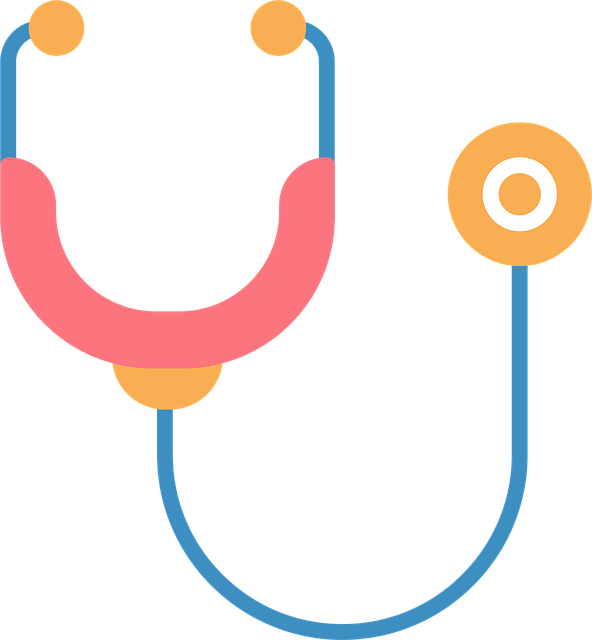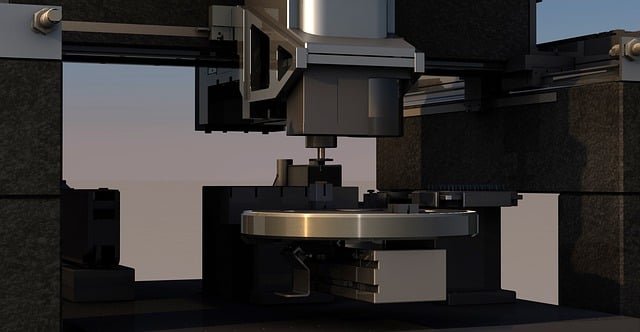In a competitive medical landscape, effective patient appointment management is crucial. Callback automation addresses missed calls, improving patient relationships and operational efficiency. Manual call recovery prioritizes appointments based on timing and history, while automated systems instantly update records, schedule appointments, and deliver personalized messages. This technology reduces administrative tasks, increases booking rates, and optimizes resource allocation, enhancing patient satisfaction and practice growth in the digital age. Measuring KPIs like call volume, answer rates, and conversion rates allows medical practices to adapt strategies and maximize patient engagement.
In the fast-paced world of healthcare, missed patient calls can significantly impact appointment bookings and overall patient care. This article explores effective strategies to mitigate this issue by comparing manual call recovery processes with the benefits of callback automation in healthcare. We provide a step-by-step guide to manual call recovery, discuss the advantages of automated systems, offer implementation tips, and share strategies to boost appointment booking rates. By the end, you’ll understand how callback automation can revolutionize patient engagement and optimize medical practices.
- Understanding the Impact of Missed Calls
- Manual Call Recovery Process Step-by-Step
- Benefits of Callback Automation in Healthcare
- Implementing Automated Systems for Efficient Call Management
- Strategies to Improve Appointment Booking Rates
- Measuring Success and Optimizing Callback Strategies
Understanding the Impact of Missed Calls

In today’s fast-paced medical landscape, managing patient appointments effectively is paramount to ensuring quality care and operational success. One often overlooked yet significant challenge is the issue of missed calls—a problem that can lead to lost opportunities and potential patient disengagement. Each unanswered call represents a missed chance for consultation, treatment, or follow-up care, potentially impacting patient outcomes and clinic reputation. With callback automation in medical settings, healthcare providers can reclaim missed leads and significantly enhance appointment bookings.
The impact of missed calls is multifaceted. Firstly, it disrupts the flow of communication between patients and healthcare professionals. Secondly, unrecovered calls can result in a loss of potential revenue and business growth. Moreover, automated call follow-up systems offer a strategic solution by promptly addressing these issues. By leveraging callback automation, medical practices can ensure that no patient query goes unanswered, thereby fostering stronger patient relationships and improving overall operational efficiency.
Manual Call Recovery Process Step-by-Step

The manual call recovery process is a multifaceted approach that healthcare providers use to reach out to patients who didn’t attend their appointments. It begins with identifying all missed calls, which can often be achieved through robust phone system records. Next, the medical team prioritizes these calls based on factors like the time since the appointment and the patient’s history of attendance. Once prioritized, a dedicated staff member or nurse reaches out to each patient personally. They politely inquire about the reason for absence, offer a new appointment slot, and schedule it according to the patient’s preference and availability. During this interaction, it’s crucial to document the conversation in the patient’s record for future reference and continuity of care.
This process also involves reclaiming lost call appointments through proactive follow-ups by either the same staff member or a specialized callback team. A structured medical callback protocol ensures that every attempt is made to contact patients, utilizing various communication channels like phone calls, text messages, and emails. By implementing this step-by-step approach, healthcare institutions can effectively turn missed leads into booked appointments, improving patient attendance rates and overall operational efficiency.
Benefits of Callback Automation in Healthcare

In the fast-paced healthcare industry, every patient interaction counts. Callback automation revolutionizes traditional medical follow-up practices by ensuring no calls go unanswered. This technology is a game-changer when it comes to reclaiming missed leads and improving appointment bookings. With automated systems, healthcare providers can efficiently manage high call volumes, instantly updating patient records with relevant information or scheduling appointments during the initial contact.
Callback automation streamlines the entire process, from identifying missed calls to delivering personalized messages or even booking confirmations. It enhances the overall patient experience by providing timely responses and reducing wait times. Moreover, it allows medical staff to focus on complex cases while ensuring no potential patients are left uncontacted, ultimately improving appointment attendance rates and operational efficiency.
Implementing Automated Systems for Efficient Call Management

In today’s digital era, implementing automated systems for efficient call management has become a game-changer in healthcare operations. Callback automation is a cutting-edge technology that enables medical facilities to streamline their communication with patients. By utilizing advanced algorithms, these systems can automatically identify and prioritize missed or unanswered calls, ensuring no potential appointment booking goes unnoticed. This innovative approach significantly reduces the administrative burden on healthcare staff, allowing them to focus more on patient care.
The benefits of call follow-up automation are manifold. It improves patient satisfaction by promptly addressing their scheduling concerns. Moreover, it enhances overall appointment availability and boosts booking rates. A well-designed medical callback protocol, integrated with automation tools, can resolve unanswered call issues effectively, leading to better resource utilization within healthcare institutions.
Strategies to Improve Appointment Booking Rates

In the medical sector, where timely appointments are crucial, improving booking rates is essential for efficient patient care and practice growth. One effective strategy is implementing callback automation for medical practices. This technology ensures no call goes unanswered by automatically contacting patients who have missed their appointments or left messages. With customizable scripts, healthcare providers can personalize communication, fostering better patient relationships.
Additionally, a robust lost call appointment recovery system, often achieved through call follow-up automation, helps reclaiming missed leads. By promptly rescheduling or resending invitation messages, medical practices can increase availability and reduce no-shows. This dual approach of callback automation and strategic call follow-ups significantly enhances patient engagement and booking efficiency, ultimately improving overall practice performance.
Measuring Success and Optimizing Callback Strategies

Measuring success is a vital component of optimizing callback strategies in healthcare. By tracking key performance indicators (KPIs) such as call volume, answer rates, and conversion rates, practices can identify areas for improvement and fine-tune their processes. For instance, analyzing unanswered calls reveals opportunities to implement more effective call scheduling and distribution methods. Call follow-up automation tools can help reclaim missed leads by promptly delivering targeted messages that remind patients of upcoming appointments or offer rescheduling options.
Regularly reviewing these metrics enables medical practices to adapt their callback strategies dynamically. They can experiment with different communication channels, messaging templates, and timing intervals to maximize engagement and appointment bookings. Over time, this iterative approach ensures that the system evolves to meet the specific needs and preferences of the patient population, ultimately enhancing the overall patient experience.
